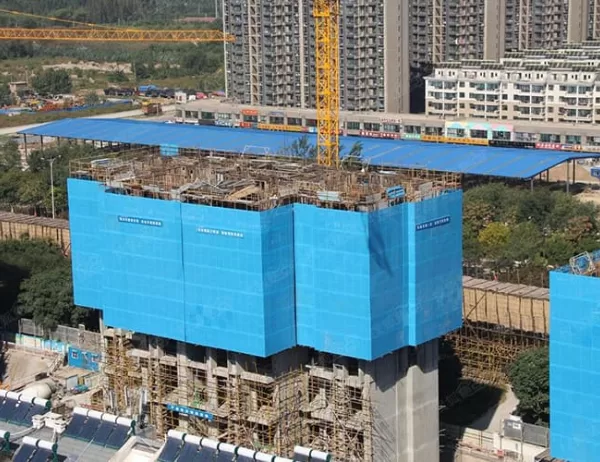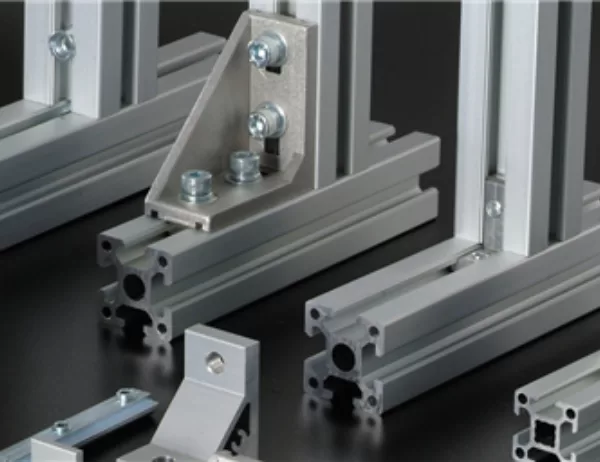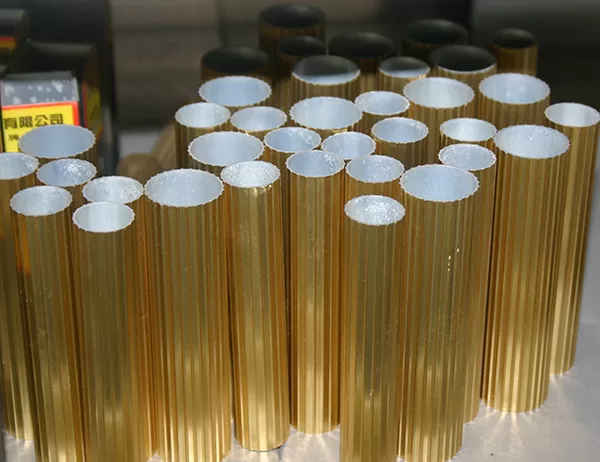Inverters are essential components of various electrical and electronic systems, ranging from household appliances to industrial machinery. They convert direct current (DC) to alternating current (AC), which is required for powering many modern devices. However, during operation, inverters generate heat, and if not properly managed, this heat can lead to overheating and premature failure. This article explores the crucial role of heat sinks in preventing inverter overheating and ensuring their long-term reliability.
Enhanced Heat Dissipation
Heat sinks are devices designed to facilitate heat dissipation from electronic components. They work by providing a large surface area for heat transfer, allowing the component to cool more effectively. In the case of inverters, heat sinks are typically attached to the power transistors and other heat-generating components. By increasing the surface area available for heat dissipation, the heat sink enables the inverter to operate at optimal temperatures, preventing excessive heat buildup.
Improved Thermal Conductivity
Heat sinks are typically made of aluminum or copper, which have excellent thermal conductivity. This means that they can efficiently transfer heat away from the inverter’s components towards the surrounding environment. The high thermal conductivity of heat sinks ensures that heat is dissipated quickly and effectively, preventing the components from overheating and reaching critical temperatures.
Increased Air Circulation
Heat sinks also promote air circulation around the inverter, which further aids in heat dissipation. The fins or ribs on the heat sink’s surface create channels that allow air to flow through them, removing heat from the inverter’s components. This increased air circulation helps to cool the inverter and maintain its operating temperature within acceptable limits.
Reduced Component Stress
Overheating can cause significant stress to the inverter’s components, such as power transistors and capacitors. This stress can lead to premature aging, reduced performance, and eventual failure. Heat sinks play a crucial role in reducing this stress by maintaining the components at lower temperatures. By preventing excessive heat buildup, heat sinks help to extend the lifespan of inverter components and ensure their reliable operation.
Improved Overall System Efficiency
Overheating can also compromise the overall efficiency of the inverter system. When the inverter is operating at elevated temperatures, its internal resistance increases, resulting in power loss and reduced efficiency. Heat sinks help to mitigate this issue by maintaining the inverter at optimal temperatures, thereby minimizing internal resistance and improving overall system efficiency.
Conclusion
Inverter heat sinks are indispensable components that play a vital role in preventing overheating and ensuring the long-term reliability of inverters. By enhancing heat dissipation, improving thermal conductivity, increasing air circulation, reducing component stress, and improving overall system efficiency, heat sinks enable inverters to operate effectively and reliably in demanding applications. Understanding the role of inverter heat sinks is crucial for engineers, designers, and technicians working with electronic systems that utilize inverters.




